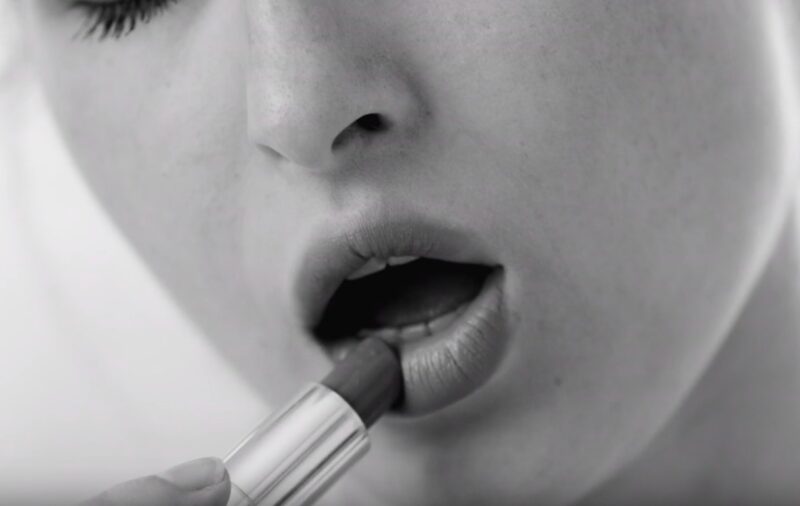Lipstick is a timeless beauty essential that has graced the lips of women (and men) for centuries. Its power to transform a look, boost confidence, and add a pop of color is undeniable. However, just like any other cosmetic product, lipsticks have a limited shelf life. Have you ever wondered if your favorite lipstick has expired or if it’s still safe to use?
Overview:
Here’s the million-dollar question: does lipstick have an expiration date? Unlike perishable goods, cosmetics like lipstick do not come with a clear “use by” date. Instead, they have a symbol called the Period After Opening (PAO) symbol, which resembles an open jar with a number and “M” on it. This symbol indicates how many months the product should be used after opening. However, not all lipsticks have this symbol, and it’s essential to consider other factors when determining whether your lipstick has expired.
Components of Lipstick
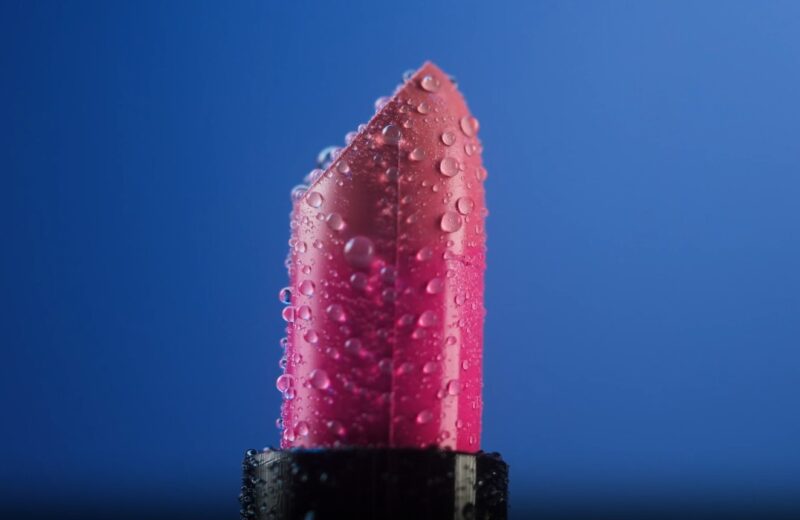
Lipstick is a complex cosmetic product composed of various ingredients carefully blended to create its unique texture, color, and longevity. These key components include:
Waxes
Waxes, such as beeswax and candelilla wax, are used in lipsticks to give them their solid form and help them adhere to the lips. These waxes also contribute to the lipstick’s ability to provide a smooth application.
Oils
Lipsticks contain oils like castor oil, coconut oil, and mineral oil to provide moisture to the lips, prevent the product from drying out, and enhance its creamy texture.
Pigments
Pigments are responsible for the color of the lipstick. These pigments can be organic or synthetic and are mixed in precise quantities to achieve the desired shade.
Preservatives
Preservatives are added to lipsticks to prevent the growth of bacteria, mold, and yeast. Common preservatives used in cosmetics include parabens and phenoxyethanol.
Fragrances and Flavorings
To enhance the user experience, many lipsticks include fragrances and flavorings to give them a pleasant scent and taste.
Factors Affecting Lipstick Shelf Life
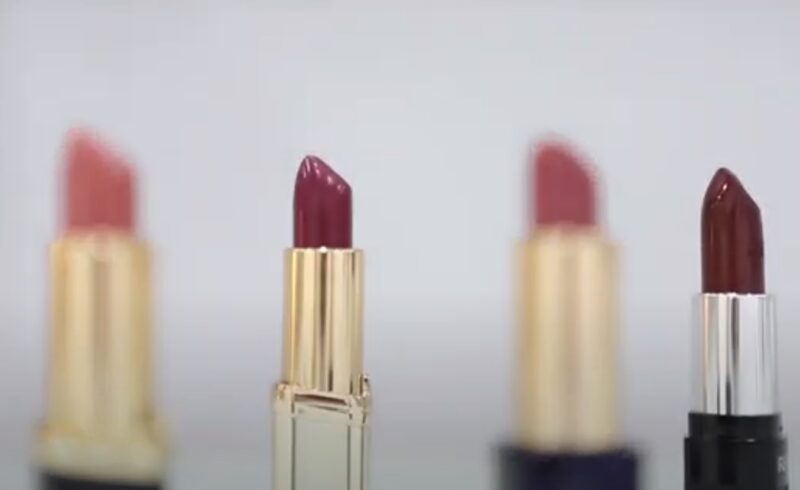
Several factors can influence the shelf life of lipstick. It’s crucial to be aware of these factors to determine whether your lipstick has expired or is still safe to use:
Ingredients
The type and quality of ingredients used in a lipstick formulation play a significant role in determining its shelf life. High-quality ingredients and effective preservatives can prolong the lipstick’s life span.
Packaging
The packaging of the lipstick can impact its shelf life. Lipsticks that come in airtight, opaque containers are less likely to be exposed to air and light, which can accelerate the deterioration of the product.
Storage Conditions
How you store your lipstick can make a considerable difference in its longevity. Exposure to heat, humidity, and direct sunlight can cause the lipstick to melt, change texture, and degrade more quickly.
Frequency of Use
The more frequently you use a lipstick, the quicker it’s likely to be used up before it reaches its expiration date. However, if you have a substantial lipstick collection, some may remain untouched for extended periods.
Signs Your Lipstick Has Expired
Even without a visible expiration date, there are telltale signs that your lipstick has gone bad and should be discarded:
Changes in Smell or Texture
If your lipstick has developed an unpleasant odor or its texture has become grainy or clumpy, it’s a strong indicator that it has gone bad. Lipsticks are meant to have a pleasant fragrance and a smooth, creamy consistency.
Changes in Color
Lipstick color can change over time due to exposure to air, light, and temperature fluctuations. If your lipstick’s color looks significantly different from when you first purchased it, it’s time to let it go.
Mold or Discoloration
Mold or discoloration on the surface of your lipstick is a clear sign that it has deteriorated. Do not use lipsticks that show these signs of contamination, as they may be harmful to your skin.
Allergic Reactions
If you experience skin irritation, itching, or any other allergic reactions after applying lipstick, it’s best to discontinue use immediately. Such reactions can occur if the product has gone bad or if you have developed an allergy to one of its ingredients.
How to Extend the Shelf Life of Your Lipstick
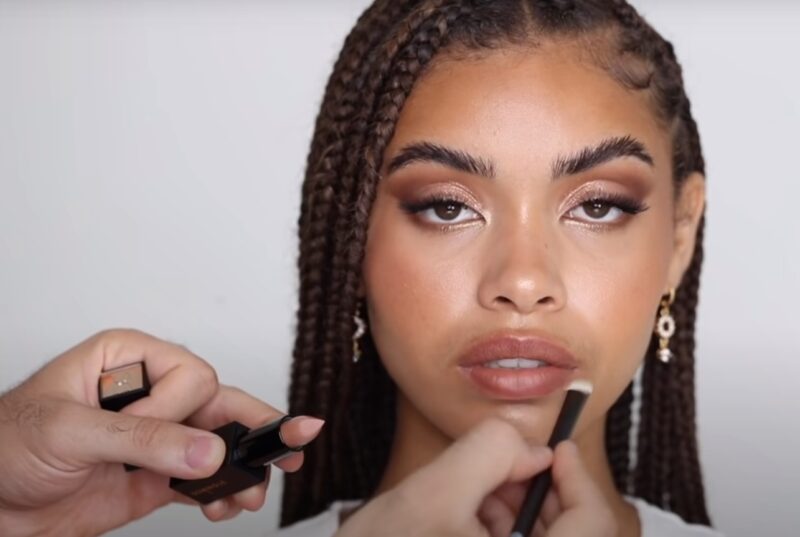
While lipstick has a finite shelf life, there are steps you can take to prolong its usability and keep it in good condition for as long as possible:
Store in a Cool, Dry Place
To prevent your lipstick from melting or deteriorating, store it in a cool, dry place away from direct sunlight and heat sources like radiators or hot water pipes.
Keep It Clean
Make sure the cap is always securely fastened to prevent exposure to air, which can dry out the product and lead to its deterioration.
Avoid Sharing Lipsticks
Sharing lipsticks can introduce bacteria and other contaminants into the product, reducing its shelf life and increasing the risk of infection.
Use a Lip Brush
Using a clean lip brush instead of applying lipstick directly from the tube can help keep the product clean and free from bacteria from your lips.
Be Mindful of Storage Time
If you have a vast lipstick collection, consider rotating your lipsticks regularly to ensure that older ones are used before newer ones. This can help prevent them from expiring unused.
Common Myths about Lipstick Expiration
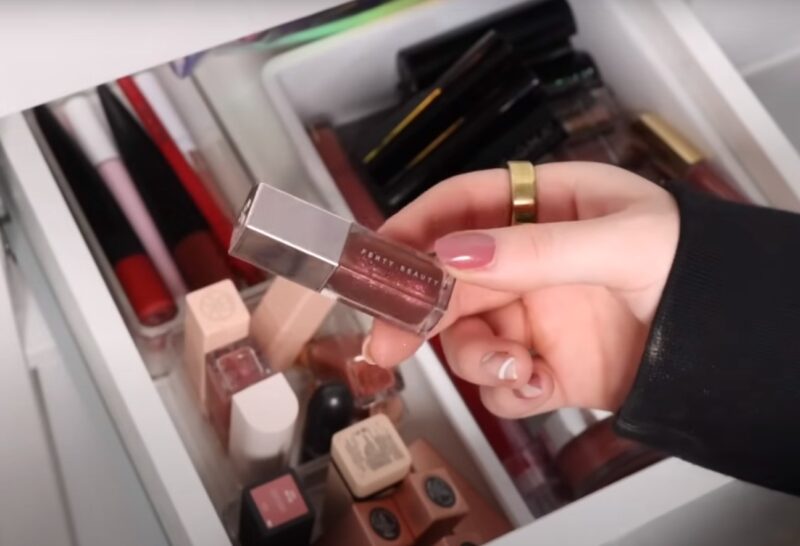
| Myth | Reality |
|---|---|
| Lipstick Lasts Forever | Contrary to popular belief, lipstick does not last forever. It will eventually expire and become unusable. |
| You Can Sterilize Lipstick | Attempting to sterilize lipstick using heat or alcohol is not a foolproof method to extend its life. It may temporarily kill some bacteria but won’t reverse spoilage or ingredient degradation. |
| Keeping Lipstick in the Fridge Prolongs Its Life Significantly | Storing lipstick in the fridge can extend its shelf life slightly, but it may affect its texture and consistency. It’s best to store lipstick in a cool, dry place. |
| Expired Lipstick Is Harmless | Expired lipstick can be harmful to your skin and health. Using an expired product may lead to skin issues, allergies, or infections. Exercise caution. |
FAQs
Can I extend the shelf life of my lipstick by freezing it?
Freezing lipstick is not recommended. Extreme temperature changes, like freezing, can negatively impact the texture and consistency of the product, causing it to become less usable and potentially altering its color.
Can I still use a lipstick that has changed color slightly over time?
While slight changes in color are normal due to exposure to air and light, significant color alterations could indicate spoilage or degradation. It’s best to avoid using lipsticks with noticeable color changes.
Is it safe to add water or oil to dry or clumpy lipstick to revive it?
Adding water or oil to dry or clumpy lipstick is not recommended. It may introduce contaminants or alter the product’s formula, making it less safe for use on your lips.
Can I donate expired lipsticks to a makeup artist for their kit?
Makeup artists often have strict hygiene standards and should not use expired products on clients. It’s essential to dispose of expired lipsticks responsibly and not donate them for professional use.
Are natural or organic lipsticks more prone to expiring quickly compared to synthetic ones?
Natural or organic lipsticks can have a shorter shelf life due to the absence of some synthetic preservatives. However, their longevity depends on the specific formulation and storage conditions. Proper storage can help extend the life of both natural and synthetic lipsticks.
Can I use an expired lipstick in a pinch for a costume or special event?
While using an expired lipstick for a short period may not immediately harm you, it’s not advisable for long-term use. If you choose to use an expired lipstick for a special occasion, be cautious of any adverse reactions and avoid prolonged exposure to the expired product.
Final Words
In conclusion, lipsticks, like other cosmetic products, do have a shelf life, even though they lack a specific expiration date. Understanding the factors that influence lipstick shelf life and recognizing the signs of spoilage are crucial for maintaining your makeup collection’s safety and quality.
By following proper storage practices and being mindful of product changes, you can ensure that your lipsticks stay fresh and ready to enhance your beauty for as long as possible. So, next time you ask, “Does lipstick expire?” remember that while it may not expire in the traditional sense, it can certainly go bad and should be replaced when necessary.
